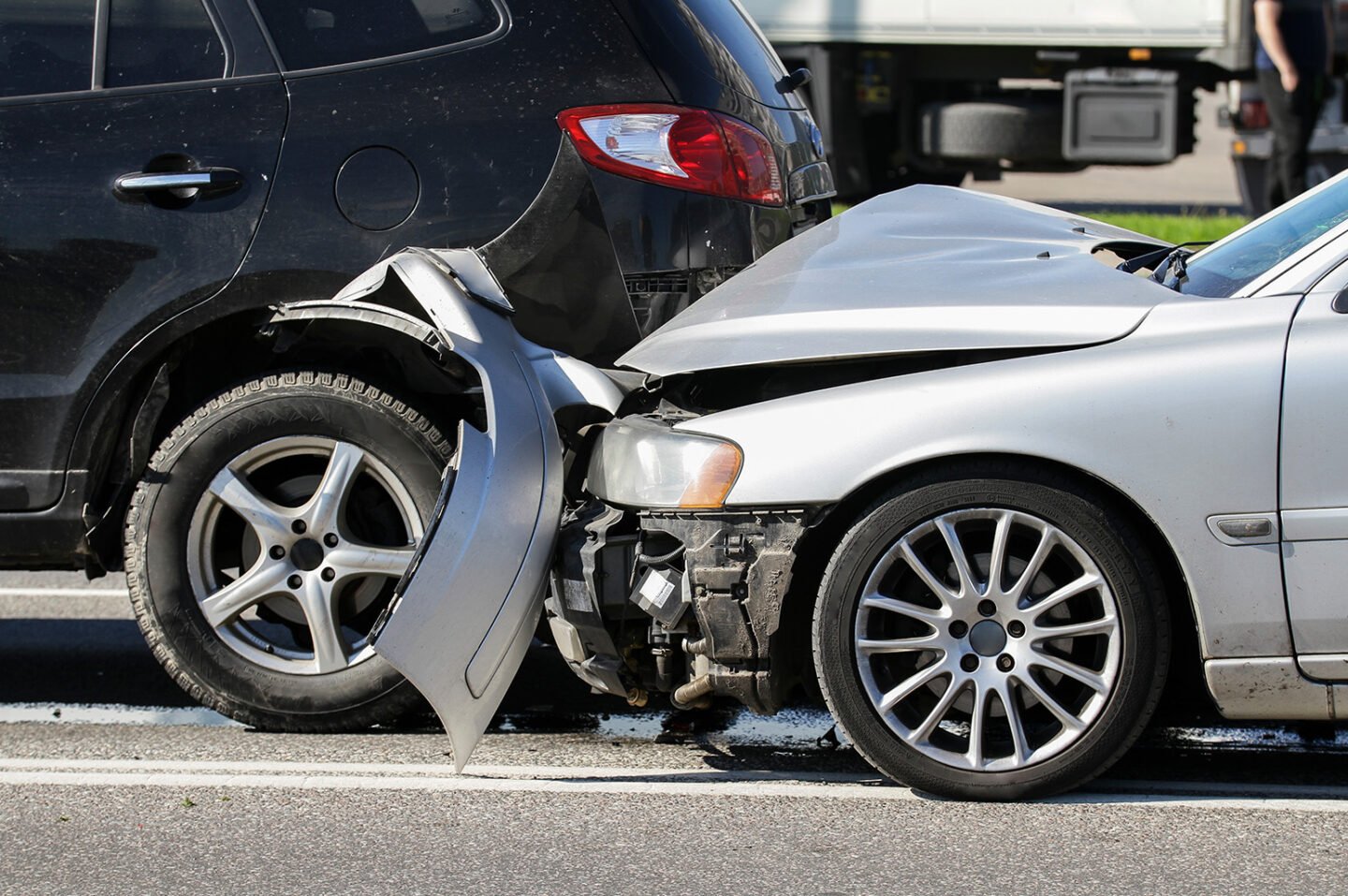It is very important that when we find ourselves in a traffic accident, we act in accordance with the law and ethics. The behavior of traffic participants in the event of a traffic accident is defined by law, with the aim of preventing new injuries, ensuring efficient rescue of the victims, ensuring an official investigation by the competent traffic police, and regulating the resulting damage. First of all, a participant in a traffic accident and every traffic participant who is on the scene is obliged to protect themselves and prevent further injuries.
He or she may be able to help others who have been injured in a traffic accident and ensure their effective rescue. After all has been taken care of, the participants are left with the aftermath of an accident and the natural question of responsibility. In the text below, we’ll discuss how to determine the aftermath of a road accident and who is at fault.

The importance of determining someone’s fault in a car accident has several reasons, but the most obvious one is because of potential lawsuits in the case the other party claims the accident is due to negligence. In such instances, having all the needed evidence and arguments on your side can prove extremely beneficial. Also, when failing for compensation from your insurance company, you’ll need to supply their lawyers with evidence regarding the accident’s nature and who is to take up responsibility for what happened.
Gathering video footage and other evidence
The most successful way to prove someone’s fault in a car accident is by having clear footage of the whole ordeal. Often, roads are covered by speed and security cameras, and police can access the footage if needed. These cameras have helped solve many cases, but if the accident happens in a certain suburban area or on an open road (highways are often regulated by signs and cameras), your chances of gathering such evidence are quite low. That’s why more and more drivers are using a cam GPS to ensure they get the needed footage and their own security. Many companies owning trucks and transportation vehicles have found this little gadget to be more than useful in assessing the fault during an accident, while it also gives them greater control over their drivers and maximizes their own security. Dashboard cameras and GPS cams can save you a lot of trouble, and such footage is also crucial in building a case for the insurance company as well.
Assessing the police report
First, we advise you to look at the police report conducted on the very same day. After the police arrive at the scene of the accident, if no one has been seriously injured, the forensic team gathers all the evidence they can. Even the smallest details, such as the tire marks on the road or how your car stands and at what angle, are being written down. The police report often contains further details, such as eyewitness reports and the damage done to the other car. Often, such details can help the police to reconstruct the accident and vaguely claim whose fault it might have been. The police report also contains details such as the speed at which both vehicles were going at the moment of the accident, something they gathered from the readings of the speed radar.
Hiring professionals
Crash recreating experts are often individuals or whole teams more than capable of recreating the accident up to the smallest detail they are provided with. The police often consult them if needed, and many have gone into the private sector, which gives you the chance to hire them if needed. Such expert assessments will support your claim by providing indisputable evidence of your innocence in the event of an accident. They’ll take into account the speed, weather conditions, and mental state of the drivers involved. After everything has been taken into account, their assessment can prove to be beneficial in the case of any possible court disputes later on.
Claiming mutual responsibility
Sometimes, one solution to end any further disputes leading to a lawsuit is by claiming mutual or shared responsibility for the accident. If both parties have an equal share in the outcome of an accident, claiming shared responsibility might just save you a lot of court hearings and possible lawsuits. A settlement is often reached between the two parties, as both are taking up responsibility for what has happened and are covering the expenses of the other party.
In Conclusion
Although accidents can be a tricky ordeal, with the right steps and a sound mind, you can assess all the evidence and make sure to find the right solution to your problem.
